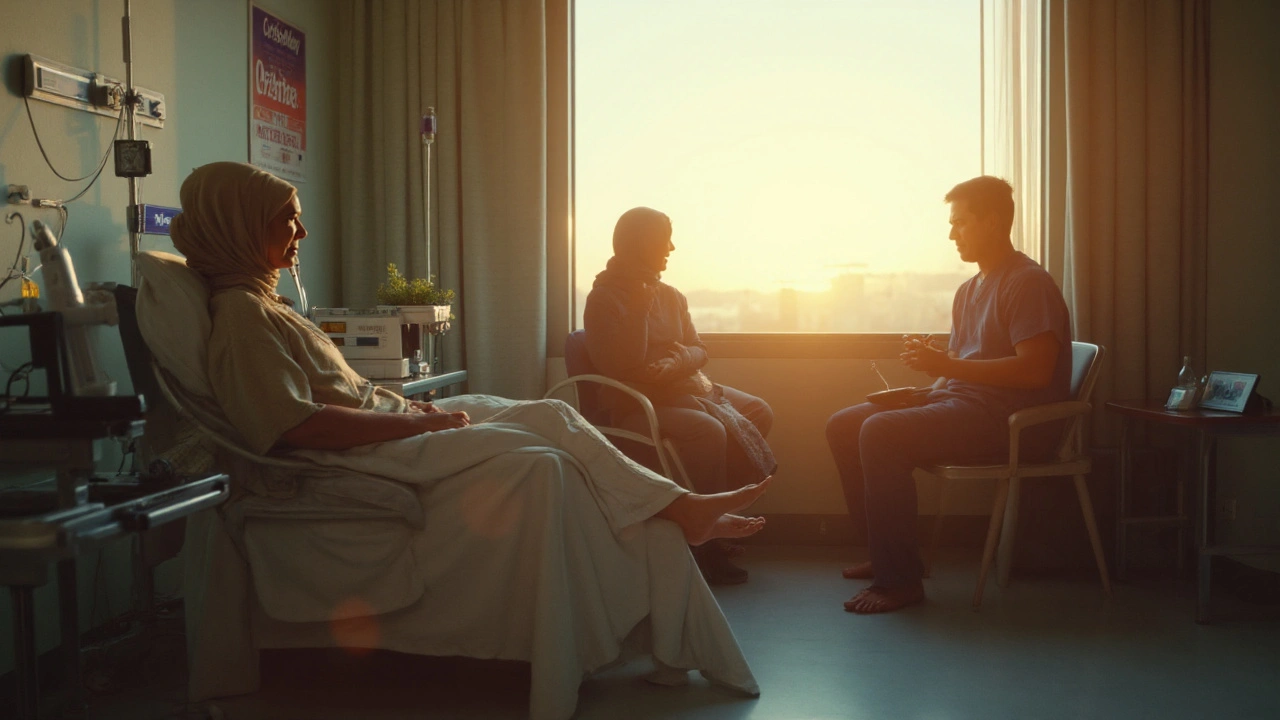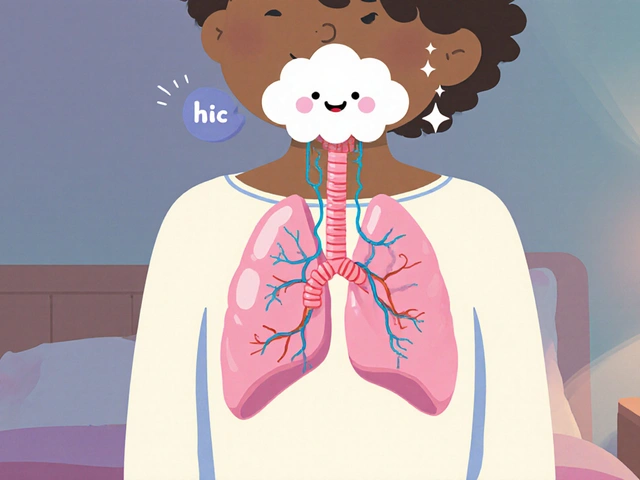Mindfulness Oncology: Simple Ways to Ease Cancer Stress
If you or a loved one are going through cancer treatment, the emotional rollercoaster can feel endless. Mindfulness offers an easy way to stay present, calm nerves, and boost overall wellbeing without adding more complexity to an already busy schedule.
Why mindfulness matters in oncology
Research shows that just a few minutes of focused breathing each day can lower anxiety, reduce pain perception, and even improve sleep quality for cancer patients. The brain reacts to the calm you create, which helps your body handle chemo, radiation, or surgery better. It’s not about ignoring the disease; it’s about giving yourself a mental break so you can face treatment with clearer focus.
Most hospitals now offer mindfulness workshops because they see fewer medication side effects and higher patient satisfaction. Even if you’re not at a clinic, the same tools work at home or in a hospital room.
Everyday mindfulness techniques you can start today
1. Breath anchor (2‑minute version): Sit upright, close your eyes, and count each inhale and exhale up to five. When thoughts drift, gently bring attention back to the count. Do this before a chemo session or whenever you feel overwhelmed.
2. Body scan (5‑minute version): Lie down or sit comfortably. Starting at your toes, notice any sensation—warmth, tightness, tingling—and move slowly up to the head. No need to change anything; just observe. This helps you spot tension early and release it.
3. Guided audio: Free apps like Insight Timer or YouTube have cancer‑specific meditations that run 10–15 minutes. Choose a voice you find soothing, press play, and let the guidance lead you.
4. Mindful eating during treatment: Take one bite, chew slowly, notice flavor, texture, and temperature. This simple habit can improve appetite loss and make meals more enjoyable.
5. Gratitude pause: At the end of each day, write down three things you felt grateful for—even if it’s a good cup of tea or a friendly nurse. Shifting focus to positives helps balance fear with hope.
Try one technique first and build from there. Consistency beats intensity; five minutes daily works better than 30 minutes once a week.
How to fit mindfulness into busy treatment schedules
Clinic waiting rooms are perfect for short practices. Use the time while you wait for lab results: close your eyes, breathe, and let tension melt away. If you’re in an infusion chair, keep a small notebook handy—write down thoughts or simply note each breath.
Family members can join too. A shared five‑minute breathing session before dinner creates a calm atmosphere for everyone and builds support.
When side effects make sitting uncomfortable, try standing mindfulness: feel the floor under your feet, notice weight shifting, and breathe deeply. The goal is to stay present, not to perfect a pose.
Remember, mindfulness isn’t a cure, but it’s a tool that can make the cancer journey less painful emotionally. Start small, be patient with yourself, and let each breath give you a little more strength.
27
Spirituality and Cancer: How Faith, Meaning, and Mindfulness Support Carcinoma Recovery
What spirituality actually does in carcinoma recovery: evidence, safe practices, tools, and FAQs to cope better-without replacing medical care.
Latest Posts
Popular Posts
-
 Acromegaly: Understanding Excess Growth Hormone and Effective Treatment Options
Acromegaly: Understanding Excess Growth Hormone and Effective Treatment Options
-
 Pharmacist Recommendations: When to Suggest Authorized Generics
Pharmacist Recommendations: When to Suggest Authorized Generics
-
 How to Keep Medications Safe from Children and Pets at Home
How to Keep Medications Safe from Children and Pets at Home
-
 Over-the-Counter Medication Safety: Hidden Ingredients and Interactions You Can't Afford to Ignore
Over-the-Counter Medication Safety: Hidden Ingredients and Interactions You Can't Afford to Ignore
-
 Allergy Action Plan: Essential Medications to Carry and When to Use Them
Allergy Action Plan: Essential Medications to Carry and When to Use Them



